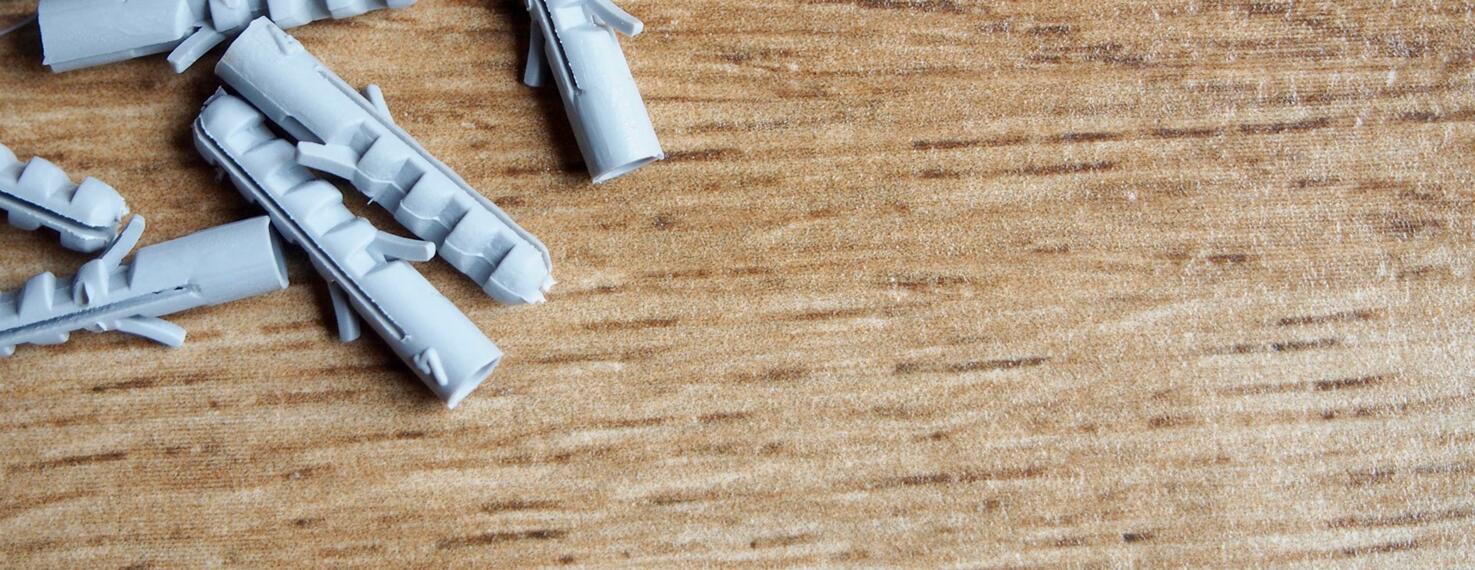
Expander fitting for castors & wheels
The so-called expander fitting belongs to the group of in-tube fittings. It consists of a cylindrical screw, two conical elements and an expander element or clamping wedges.
The so-called expander fitting belongs to the group of in-tube fittings. It consists of a cylindrical screw, two conical elements and an expander element or clamping wedges. The fitting is inserted into a hole or a round or square tube.
As the screw is inserted, the clamping wedges or expansion element are pressed against the inside wall of the tube. The tightening torque should not exceed 50 Nm. A distinction is made between metal and plastic expander fittings. The latter are gentler on the inner surface of the tube, but exert less holding force than the metal version.
Expander fitting for round and square tubes
To determine the ideal fitting, various factors must be taken into account: The castor must be able to bear at least the specified load, and the dimensions of the equipment and the wheel diameter are also relevant. The internal dimensions of the tube and the tube shape – square or round – are also important when selecting the appropriate expander fitting. The fitting length and the flange height must also be taken into account.
Without appropriate precautions, a castor with an expander fitting could work itself loose in the tube due to forces being accidentally applied. Anti-rotation devices have been developed to prevent this from happening and to ensure that directionally locked or braked castors cannot work loose of their own accord. These devices can be either positive or non-positive.
In addition to expander fittings and other variants in the tube, other types also include mounting with a plate. The type of fitting best suited to a particular application depends, among other things, on the properties of the equipment to which it needs to be attached. If you have any questions, we will be happy to advise you on the correct fitting – please contact us!
